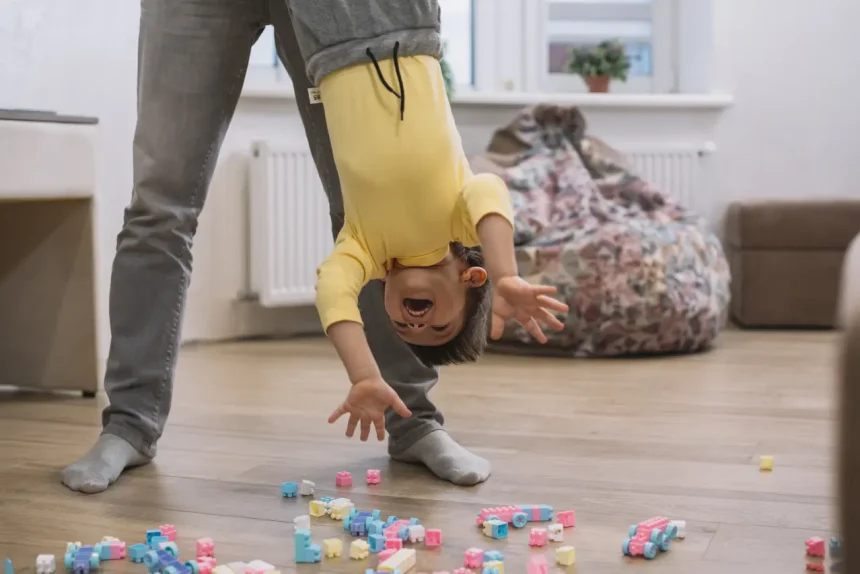Primitive reflexes and postural reactions play a critical role in early development, balance, and coordination. Understanding these reflexes is essential for occupational therapy practitioners.
Postural Reactions: The Foundation for Movement and Balance
Postural reactions develop during the first year of life and are essential for maintaining balance and movement throughout life. They respond to broader stimuli than primitive reflexes and are triggered by the effects of gravity on the body.
Types of Postural Reactions
There are three types of postural reactions:
- Righting Reactions (RR)
These reactions align the head, trunk, and limbs to maintain the body’s normal position.
Examples include: Head Righting Reflex, Body-on-Body Righting Reflex (BOB), and Neck-on-Body Righting Reaction (NOB). - Equilibrium Reactions (ER)
Equilibrium reactions are more mature responses to regain balance than righting reactions. They restore balance when the center of gravity is disturbed. They involve complex adjustments of the trunk and extremities in the opposite direction of the force causing the imbalance. - Protective Reactions
Protective reactions involve extending the limbs in the same direction as the disturbing force to prevent falls or injuries.
Difference Between Primitive Reflexes and Postural Reflexes
- Primitive Reflexes: Early, automatic responses that support survival and development (e.g., Moro Reflex, Palmar Grasp Reflex).


- Postural Reactions: More mature responses that control balance, coordination, and movement as the brain matures.
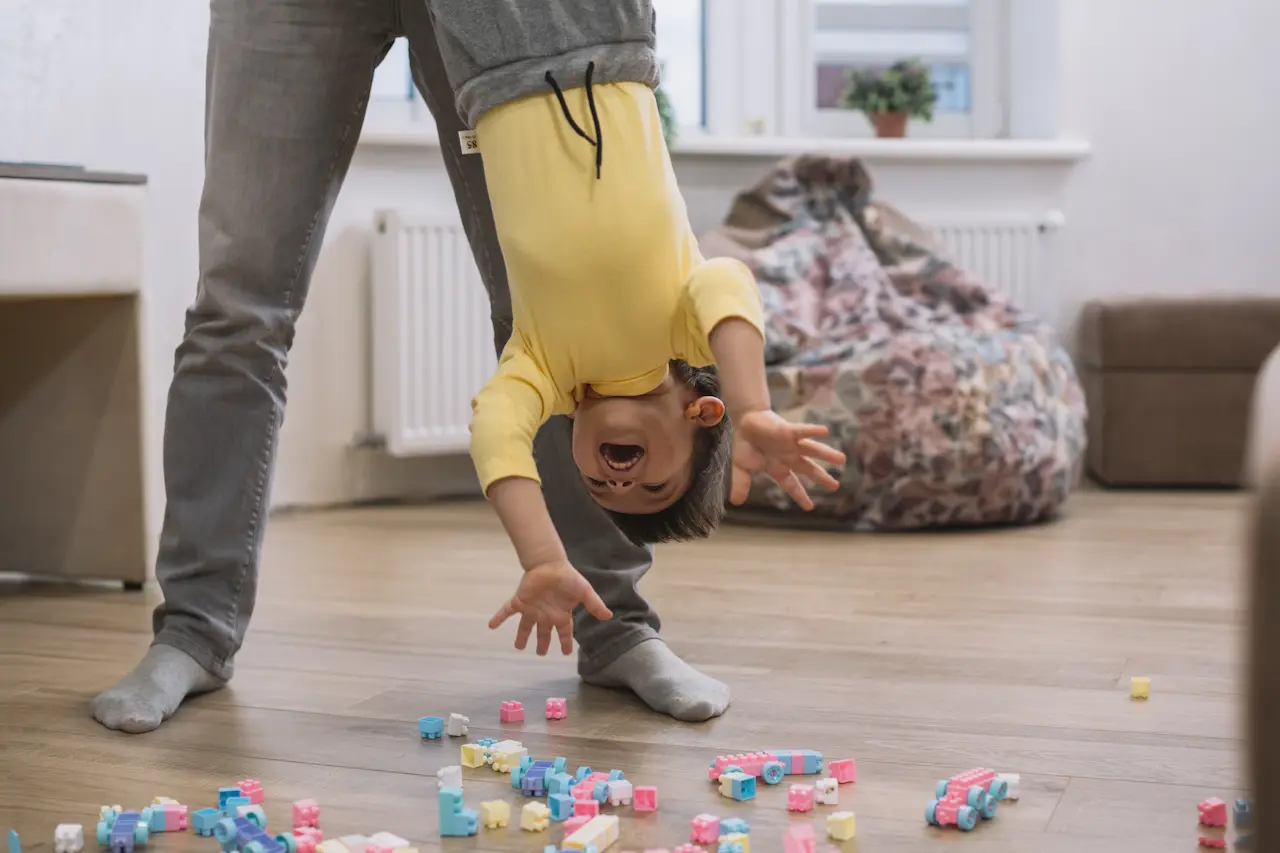
Understanding this progression is vital for professionals in occupational therapy, particularly in identifying developmental delays or neurological concerns.
Why Are Postural Reactions Important
Postural reactions such as the Labyrinthine Righting Reflex and Body-on-Head Righting Reflex help children develop proper body alignment and balance which are the foundations for developing advanced motor skills such as sitting, standing, and walking.
Key Reflexes and Reactions in Babies
- Righting Reactions: Ensure vertical head alignment.
- Equilibrium Reactions: Promote balance during movement.
- Protective Reactions: Prevent injury during imbalance or falls.
These reactions develop in a predictable sequence:
- First: Front Protective Reactions
- Then: Side Protective Reactions
- Finally: Back Protective Reactions
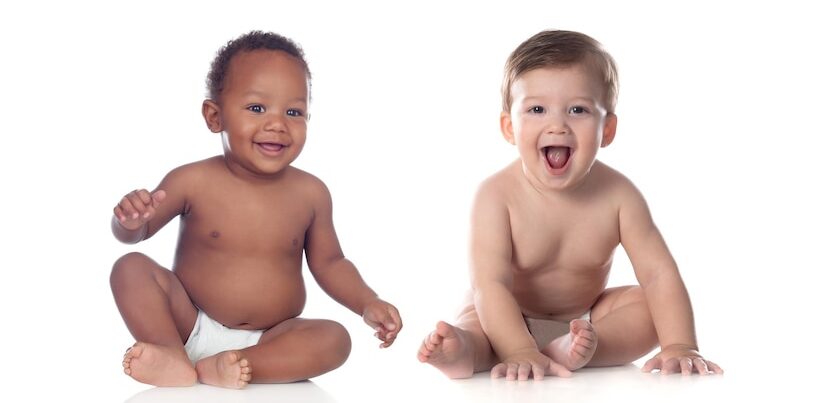
Common Questions About Reflexes and Postural Reactions
What is the difference between righting reactions and equilibrium reactions?
- Righting reactions restore alignment of the head and body.
- Equilibrium reactions restore balance when gravity is disturbed.
What are protective reactions?
These responses automatically extend the limbs to prevent injury when balance is lost.
What happens if primitive reflexes are not integrated?
Unintegrated reflexes, such as the ATNR or STNR, can interfere with motor development, balance, and coordination resulting in poorly developed functional skills and poor school performance.
How are postural reactions tested?
Postural reactions are evaluated through observation and clinical assessments.
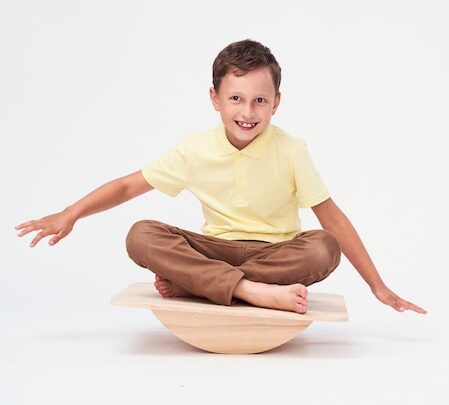
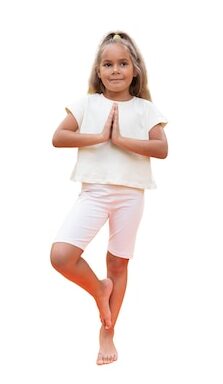
Take the Next Step in Your NBCOT® Exam Prep
Access to our full course will help you learn more about these essential developmental building blocks by diving deeper into:
- Primitive Reflexes: Purpose, onset, and integration
- Postural Reactions: Practical examples and clinical relevance.
- Interactive Learning: Tables, videos, and practice tests to solidify your knowledge.
Boost Your NBCOT® Exam Score
Discover why thousands of OT and OTA students trust our program for exam success.
Want detailed practice tips to ace the NBCOT® exam? Join now for full access!
What are primitive reflexes and why are they important?
Primitive reflexes are automatic responses present at birth or shortly after, crucial for early survival and development. These reflexes, like the Moro Reflex, help in initial motor skills that eventually integrate as the child grows.
How do postural reactions contribute to a child's development?
Postural reactions are essential for a child’s development as they support balance and coordination. These reactions help children adapt to changes in posture and protect them from falls, thus playing a vital role in their ability to move and stay balanced.
What should I know about righting and equilibrium reactions for the NBCOT® exam?
Righting reactions help align the head and body in a vertical position, while equilibrium reactions are crucial for balance when the body is subjected to the forces of gravity. Understanding these reactions is important for the NBCOT® exam, as they relate to assessing developmental milestones and coordination.
What consequences can occur if primitive reflexes are not properly integrated?
If primitive reflexes are not integrated, it can lead to developmental issues such as impaired motor skills, difficulties in balance, and coordination problems. This can eventually affect academic performance and overall physical development.
How can occupational therapy assess postural reactions?
Postural reactions are evaluated through clinical assessments and careful observation of a child’s ability to maintain balance and coordinate movements. OT professionals assess these reactions to identify and address any developmental delays.

